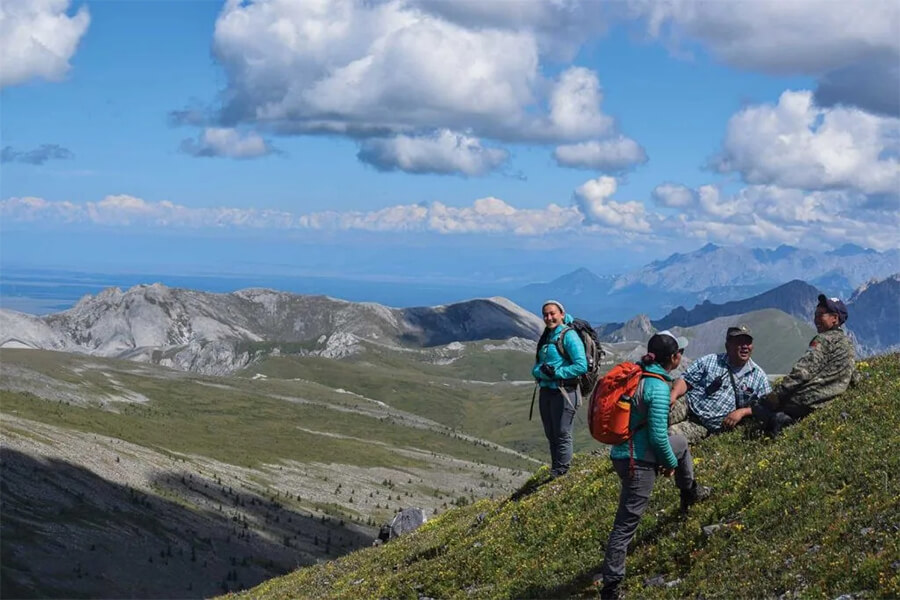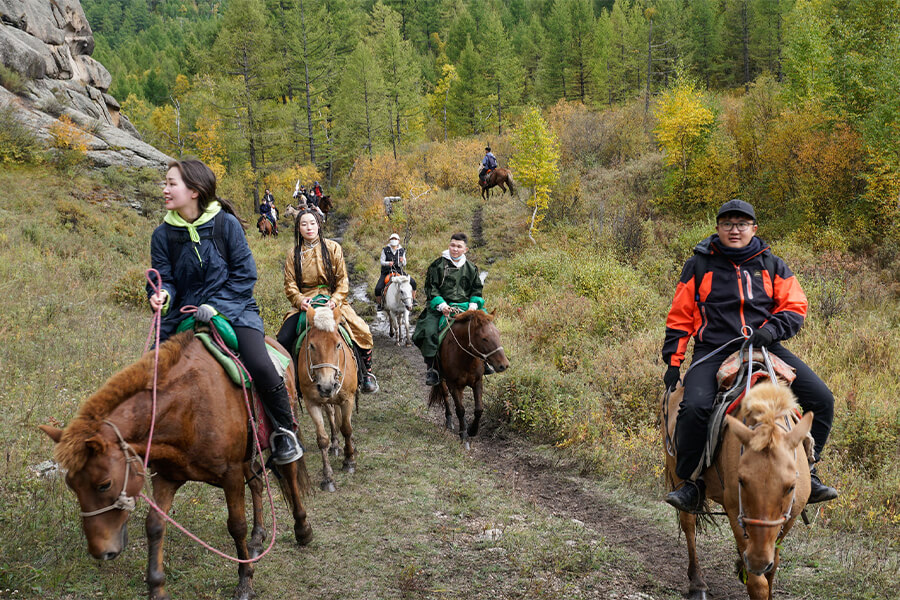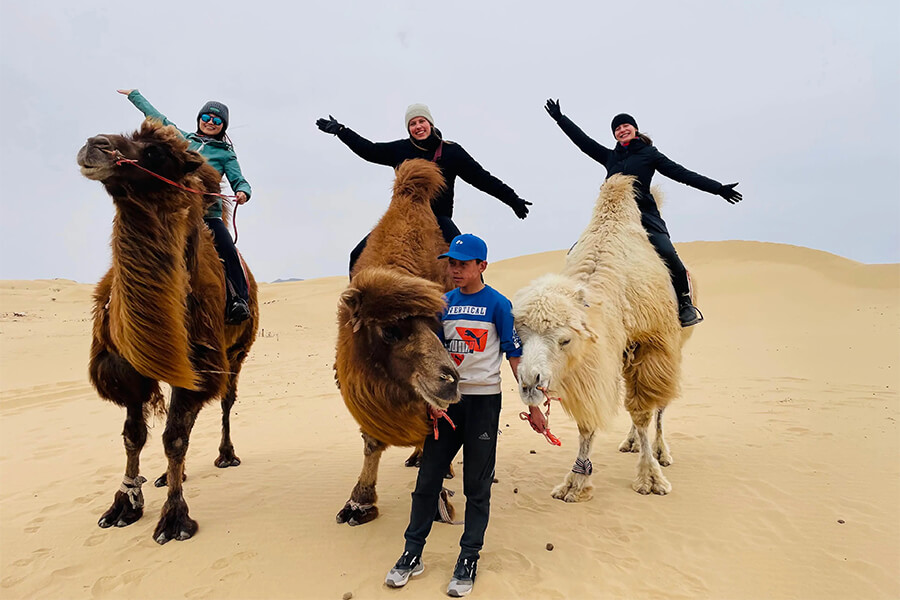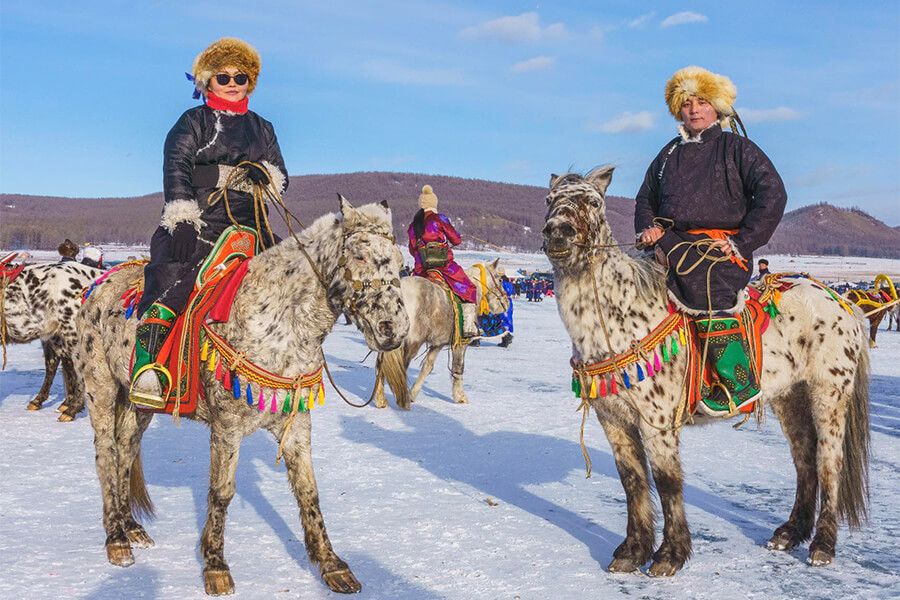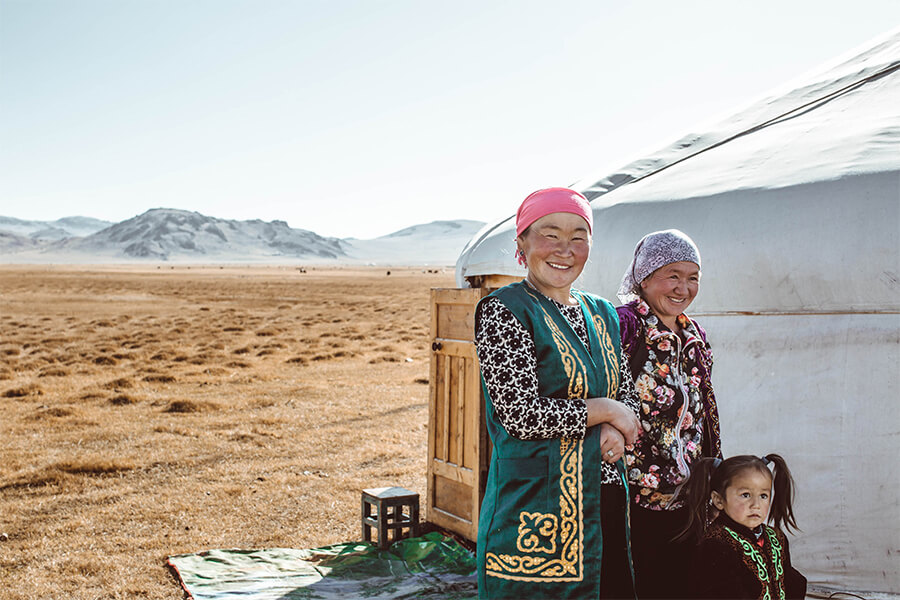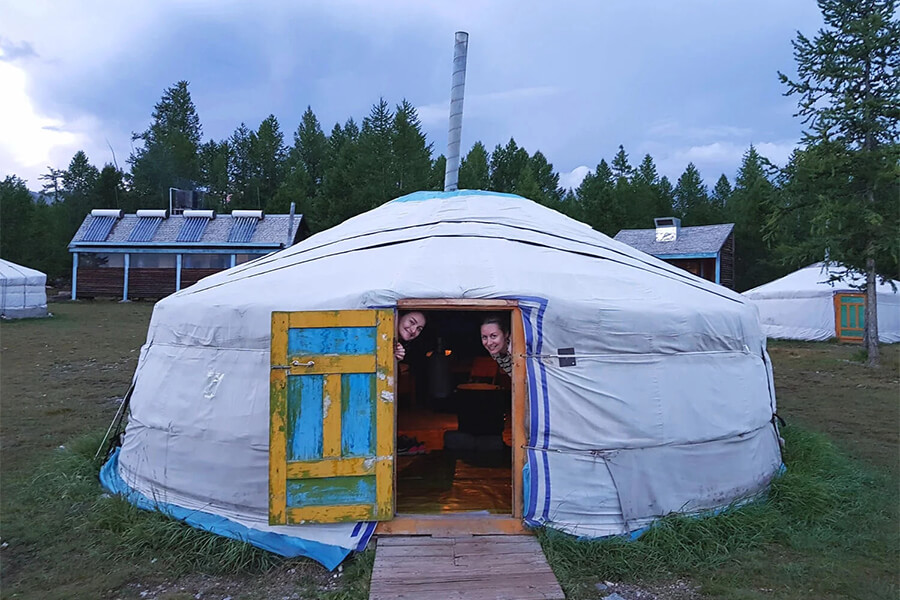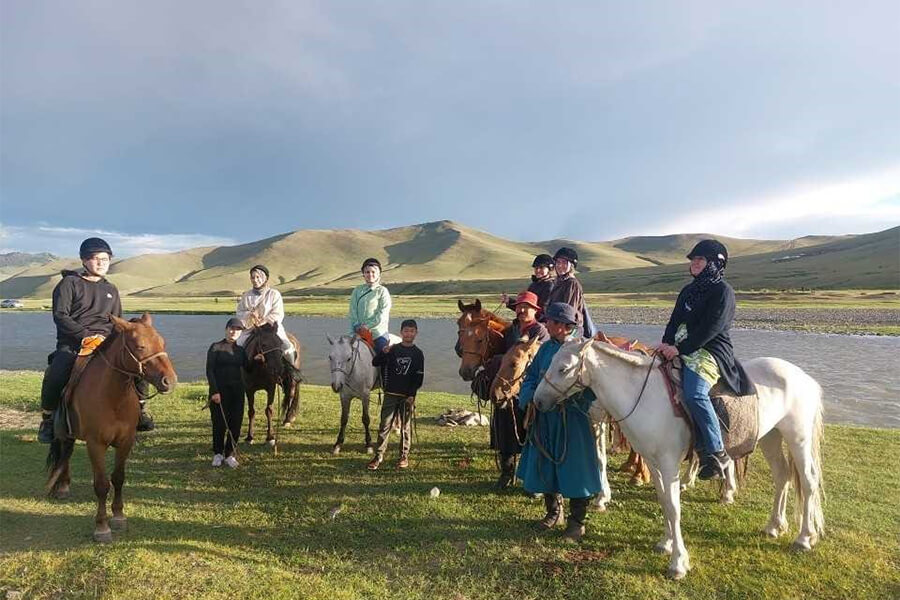Stretching across the vast steppes of Central Asia, Mongolia offers a landscape as dramatic as its climate. From the icy peaks of the Altai Mountains to the sun-scorched dunes of the Gobi Desert, the Mongolia weather is one of extremes - a land where you can experience all four seasons in a single day. Understanding the weather in Mongolia is essential for planning Mongolia vacations, whether you’re trekking, horseback riding, or exploring nomadic life on the open plains. For travelers, preparing for Mongolia’s unique weather patterns ensures a safe, enjoyable, and unforgettable adventure.
The weather of Mongolia is defined by its continental climate - long, cold winters and short, warm summers. However, due to its diverse geography, different regions experience distinct conditions. Knowing these climatic zones helps travelers plan their routes wisely.
1. Northern and Western Mongolia
This region includes Khovsgol and the Altai Mountains, where summers are cool and winters are extremely cold. In Khovsgol, winter temperatures often drop below -30°C (-22°F), while summers are mild and pleasant, averaging 15°C to 20°C (59°F to 68°F). The area’s alpine climate means snow can appear even in June or September. For trekkers and nature lovers, the best time to visit is from June to August, when lakes thaw and wildflowers bloom.
2. Central Mongolia
Ulaanbaatar, the world’s coldest capital city, sits in this region. The weather for Mongolia here can swing dramatically - from -35°C (-31°F) in January to over 30°C (86°F) in July. Despite the extremes, the air is usually dry and skies remain clear for much of the year. Travelers visiting central Mongolia in summer should pack layers, as nights are still chilly even after warm days.
3. Southern Mongolia (The Gobi Desert)
The Gobi Desert is famous for its wide temperature variations and low rainfall. Summer days can reach up to 40°C (104°F), while nights plunge below 10°C (50°F). Winters are cold and dry, often dropping to -25°C (-13°F). Sandstorms occur occasionally in spring, so protective gear like sunglasses and scarves are useful. For those joining Gobi Desert tours, late spring (May-June) and early autumn (September) offer the most comfortable weather Mongolia has to offer in this area.
Mongolia Weather by Seasons
When planning a trip, understanding Mongolia’s four distinct seasons helps determine what to expect and what to pack. The weather in Mongolia is often unpredictable, but each season offers unique experiences and scenery.
Winter (November - March)
Winter dominates Mongolia, lasting nearly five months. Temperatures range from -15°C (5°F) to -40°C (-40°F) in some regions. Snow blankets much of the country, creating stunning yet challenging travel conditions. Despite the cold, this is a rewarding season for those seeking authentic experiences - think frozen lakes, traditional ger camps, and local festivals like Tsagaan Sar (Lunar New Year). Visitors should bring insulated boots, thermal clothing, and a sense of adventure.
Spring (April - May)
Spring in Mongolia is a transitional period. The weather of Mongolia becomes milder, but strong winds are common, especially in open steppes and desert regions. Temperatures climb from freezing to around 15°C (59°F) by May. This season is ideal for photographers who want to capture the country’s awakening landscape - newborn livestock, green grasslands, and nomadic families preparing for summer migration.
Summer (June - August)
Summer is the best time to visit for most travelers. Average temperatures range between 20°C and 30°C (68°F–86°F), with long daylight hours and lush pastures. This is the festival season - Naadam, Mongolia’s national celebration of wrestling, archery, and horse racing, takes place in July. Although summer offers the most comfortable weather for Mongolia, rain showers and thunderstorms may appear, especially in northern areas. Packing a waterproof jacket is recommended.
Autumn (September - October)
Autumn brings crisp air, golden steppes, and fewer tourists. Temperatures gradually drop from 20°C (68°F) in September to below freezing by late October. It’s a wonderful time for trekking and photography as the light softens and colors turn vibrant. In many regions, nomads begin moving their herds to winter pastures, offering cultural encounters that are both intimate and authentic.
Mongolia Weather by Month - Average Temperatures in Mongolia by Months
The table below provides an overview of monthly average temperatures in Ulaanbaatar, Mongolia’s capital. Keep in mind that regional variations can be significant - southern Mongolia is warmer, while the north and west are colder.
| Month | Average High (°C) | Average Low (°C) |
|---|---|---|
| January | -16 | -30 |
| February | -12 | -26 |
| March | -2 | -15 |
| April | 8 | -4 |
| May | 17 | 4 |
| June | 23 | 10 |
| July | 25 | 12 |
| August | 23 | 10 |
| September | 17 | 3 |
| October | 8 | -6 |
| November | -5 | -18 |
| December | -13 | -27 |
As seen above, weather Mongolia is extreme, with more than 260 sunny days per year and little rainfall. The short but vibrant summer brings life to the steppes, while the long winter offers serene, snow-covered landscapes. Rainfall averages between 200–350 mm annually, mostly falling in July and August. In contrast, the Gobi Desert receives less than 100 mm, making it one of the driest regions in Asia.
Practical Tips for Travelers
- Layer your clothing: The Mongolia weather can change quickly, especially between day and night. Lightweight layers, fleece, and waterproof jackets are essential.
- Stay hydrated: Dry air and high altitude can cause dehydration, even in cold weather. Carry a reusable water bottle and drink regularly.
- Protect from the sun: Mongolia’s thin atmosphere and clear skies mean strong UV rays. Use sunscreen, sunglasses, and hats year-round.
- Check local forecasts: Websites like the Mongolian National Agency for Meteorology provide accurate updates on the weather of Mongolia for each region.
- Pack for the region: If heading to the Gobi, prepare for heat and dust. For northern lakes, expect cool, moist conditions.
The Mongolia weather reflects the country’s raw beauty and resilience - from icy winters to sunlit summers across endless steppes. For travelers, the extremes can be surprising yet deeply rewarding. With proper preparation and understanding of the weather for Mongolia, every journey - whether into the Gobi Desert, along the Orkhon Valley, or through Khovsgol’s forests - becomes an unforgettable experience shaped by nature’s rhythm. Mongolia’s climate isn’t just a backdrop; it’s an essential part of the adventure itself.


